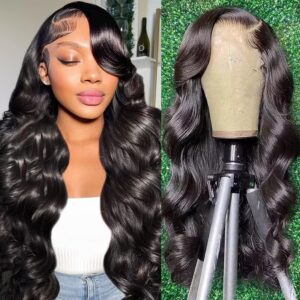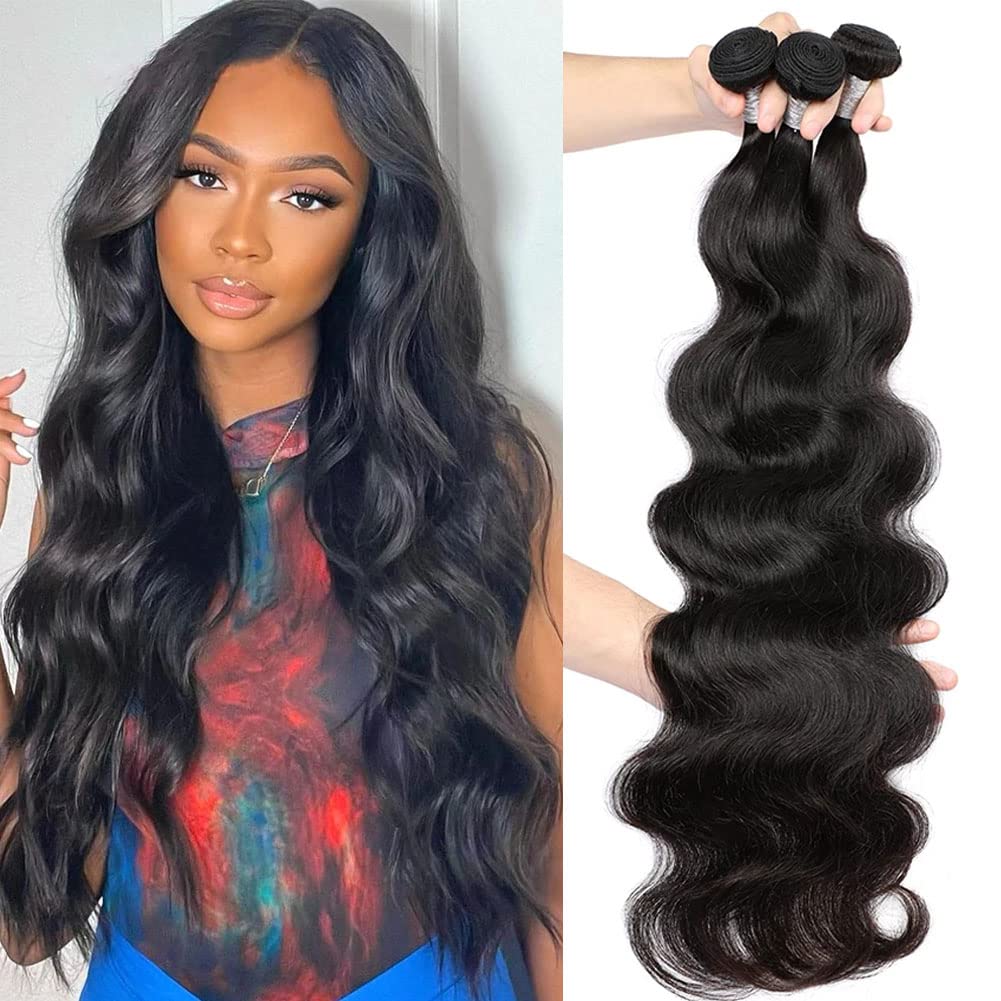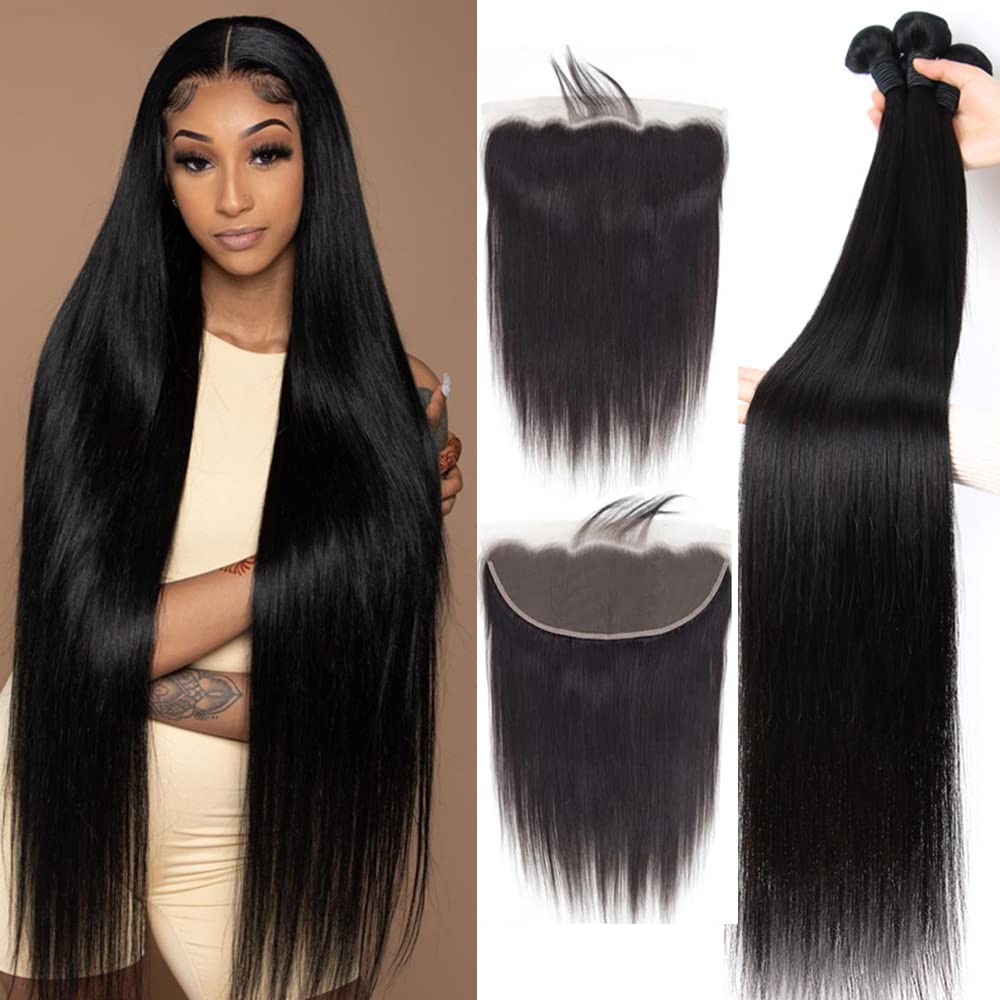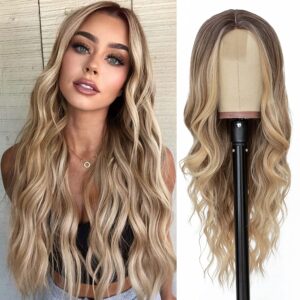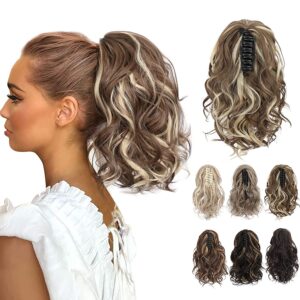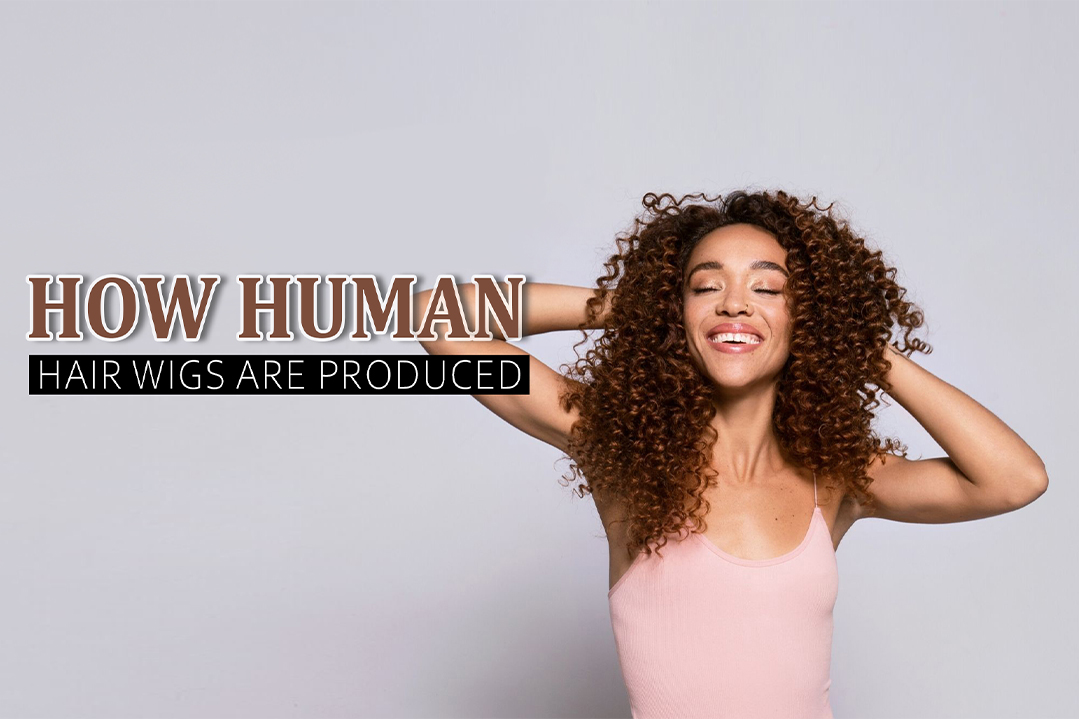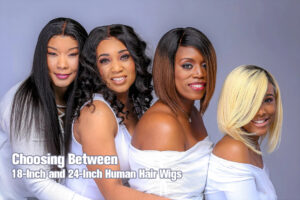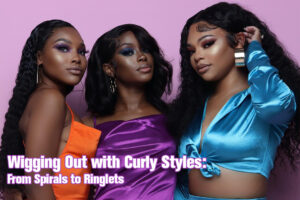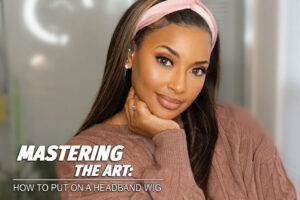People wear Grace human hair wigs for various reasons. They provide a solution for hair loss due to medical conditions or chemotherapy, helping individuals regain a natural appearance and confidence. Wigs also offer the opportunity to try different hairstyles and colors without altering one’s natural hair. Convenience is another factor, as wigs save time in daily hair care routines. Cultural or religious practices may involve wearing wigs to adhere to specific norms. Additionally, wigs can serve as a protective style, shielding natural hair from damage. In the entertainment industry, wigs are used to create characters and enhance visual aesthetics. Overall, wearing human hair wigs is a personal choice based on individual preferences and needs.
Do You Know How Grace Human Hair Wigs Are Produced In Factory?
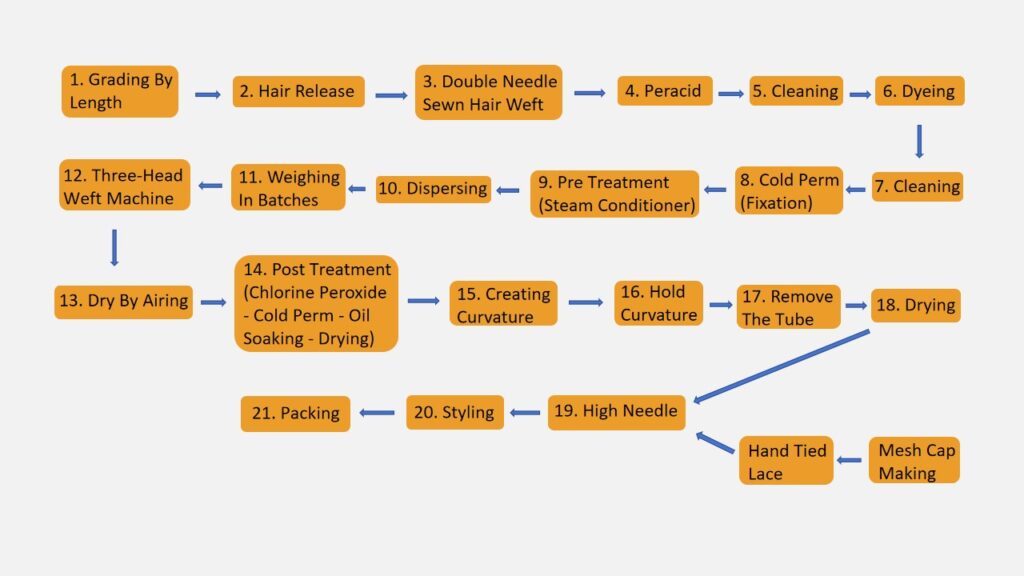
Step 1 : Grading Human Hair By Length
Grading human hair by length means the process of categorizing and classifying hair strands based on their measured length. This helps to determine the consistency and quality of the hair, as well as allows for easier selection and customization when creating wigs or extensions. By grading the human hair, it becomes easier for customers and sellers to understand and communicate the desired length of the hair, ensuring that the final product meets their expectations.
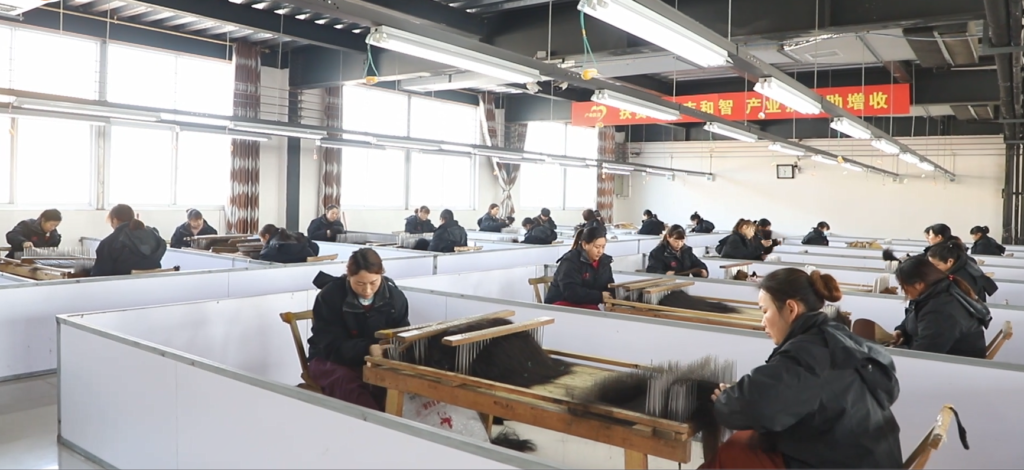
Step 2 : Count And Put Into Human Hair Raw Materials
According to the specified proportion of the product, prepare the raw materials for distribution. For example If a 16″ human hair lace wig contains 14 “16” 18 ” human hair, the demand for each size needs to be calculated based on the order quantity and ratio.
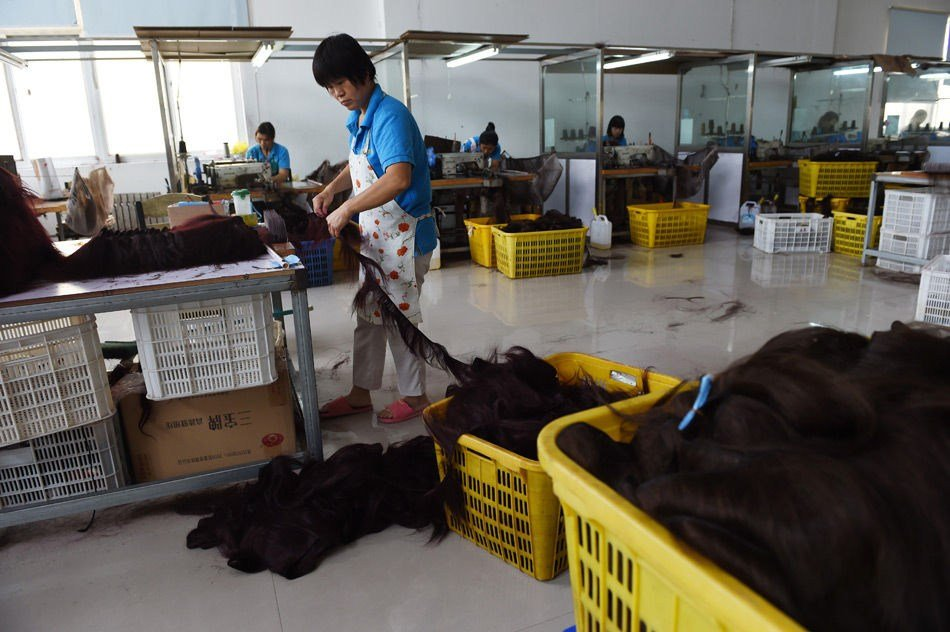
Step 3 : Double Needle Sewn Human Hair Weft
Use a 2-needle sewing machine to sew the human hair material together so that the material does not scatter.

Step 4 : Remove Hair Cuticle with Peracid
Decontamination and removal of hair scales in a chemical solution with a certain concentration, making hair smooth. Hydrochloric acid decontamination, sulfuric acid descaling.
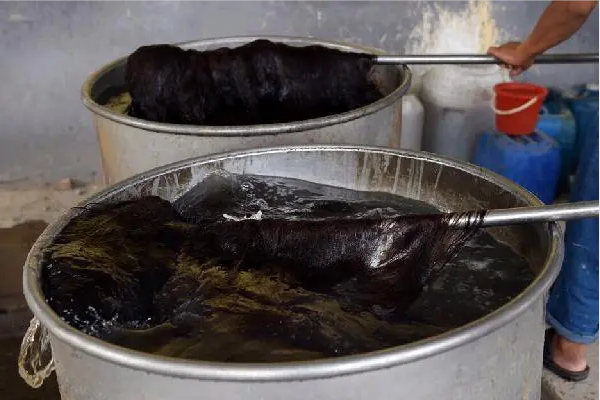
Step 5 : Cleaning the Hair
Clean the acidic chemical solution from the previous process so as not to affect the dyeing effect in the next step.

Step 6 : Dyeing the Hair
That is hot dyeing. According to the color palette required by the order, the dye is mixed out and applied in water that boils at a continuous high temperature of 100 ℃, permeating the color into the hair. This dyeing effect is relatively long-lasting and not easily fading.
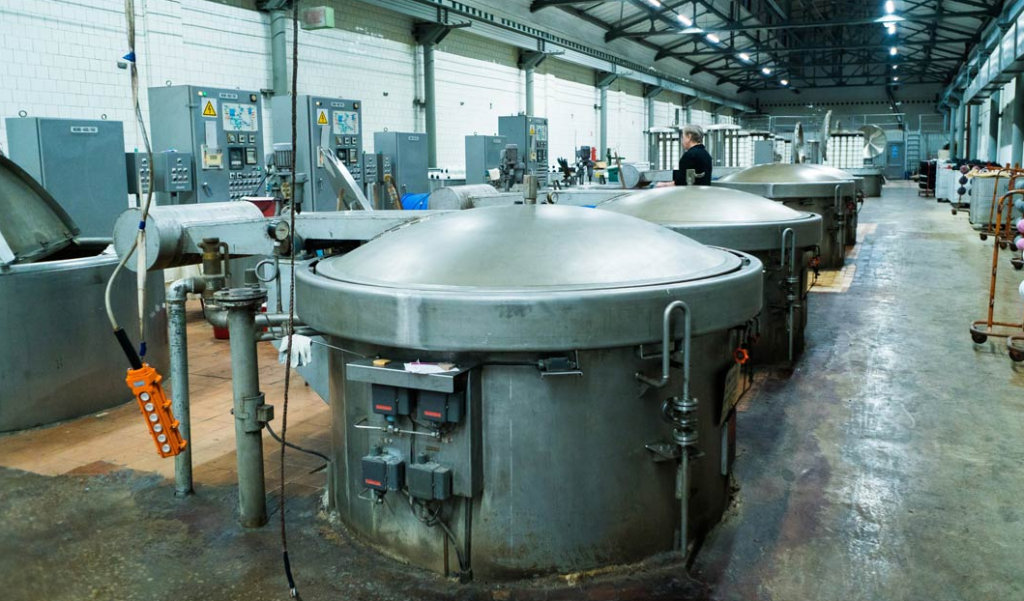
Step 7 : Second Cleaning
Remove the floating color from the previous process using chemical solution subchlorination, that is, remove the floating color that is not fixed on the surface of the human hair and is easy to fall off, leaving only the color that has already been dyed in the hair. Then clean the secondary chlorine thoroughly.

Step 8 : Cold Perm (Fixation)
Use cold perm solution (ammonia water, which is weakly alkaline) to neutralize the acid in the previous step, further washing off the floating color, so that the color that has already penetrated into the human hair will not fade.
Step 9 : Pre Treatment (Steam Conditioner)
Clean the ammonia water from the previous step, sometimes adding a detergent. Then dry the human hair on the shelf, soak it in oil, and finally steam the oil in the shaping cabinet, dividing the oil into the hair strands.
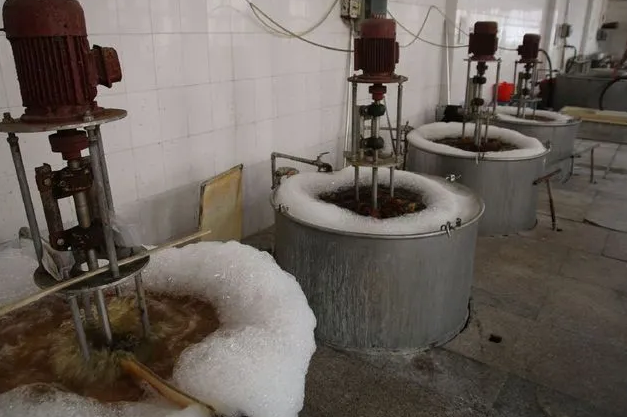
Step 10 : Dispersing the Hair
Remove the double stitches and threads from the human hair, mix different sizes of hair blocking materials together, pull them to a natural amplitude, and beat them neatly with a racket.

Step 11 : Weighing Human Hair In Batches
Divide the prepared large handlebars into small handlebars with corresponding grams according to the weight requirements of the order. Due to the different production habits of each factory, this process may be reversed from the process of passing through the triple line. Due to some losses during the process of passing through the triple line, the weight of the finished product made by first passing through the triple line and then dividing and remaking will be more accurate.

Step 12 : Three-Head Weft Machine
Arrange the hair handles that have been divided into grams into hair curtains through a triple line. (Due to the different production habits of each factory, the T color will be arranged before or after passing through the triple line. Choosing to make the T color before passing through the triple line will make the transition of the middle color more natural.)
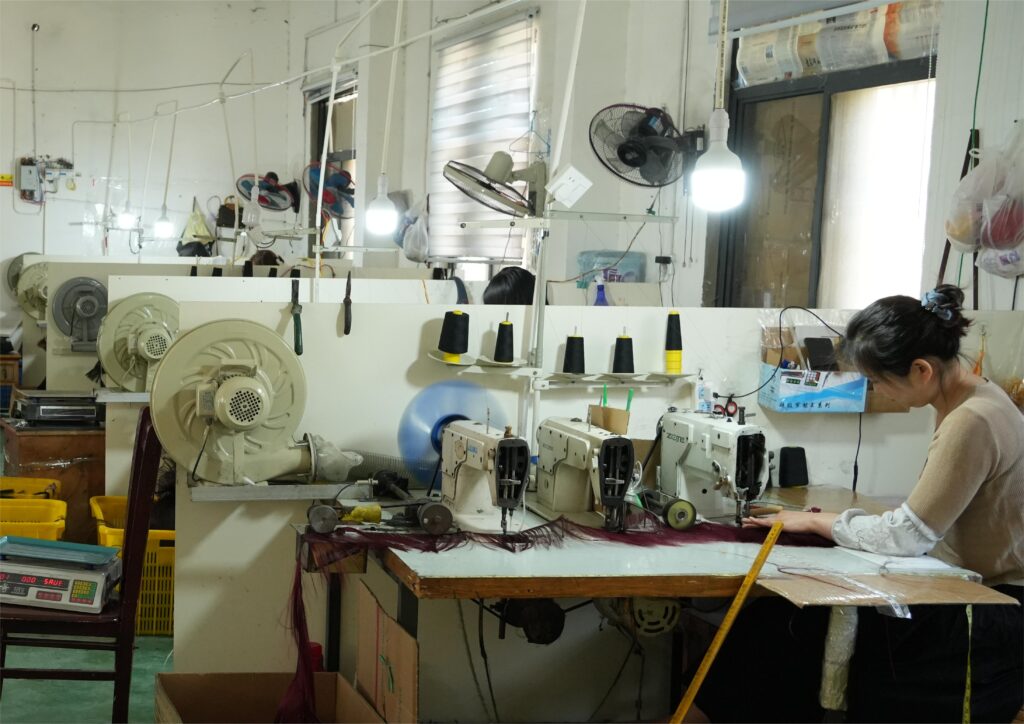
Step 13 : Dry By Airing
After passing the triple line, the spring is a single piece human hair curtain, and the two single piece hair curtains are sewn together through a laminating machine. Dry the glue after passing through the laminating machine to reduce the risk of hair loss in the next process.
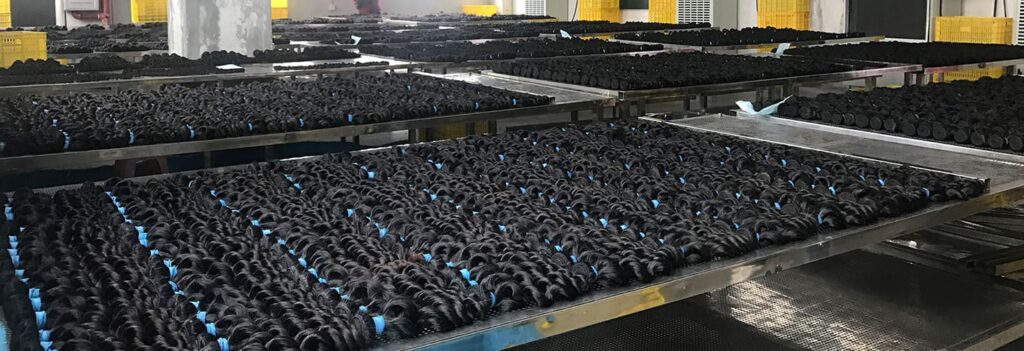
Step 14 : Post Treatment (Chlorine Peroxide – Cold Perm – Oil Soaking – Drying)
Human hair is prone to getting dirty after the previous steps. In this process, chlorine dioxide is used to remove dust from the hair threads. The previous steps need to be repeated, such as ammonia water, cleaning, and oil soaking. Let the hair curtain soak in water mixed with hair conditioner or care solution for a certain period of time, fully absorbing nutrients, increasing the color and softness of the hair, making it smoother and avoiding knots.
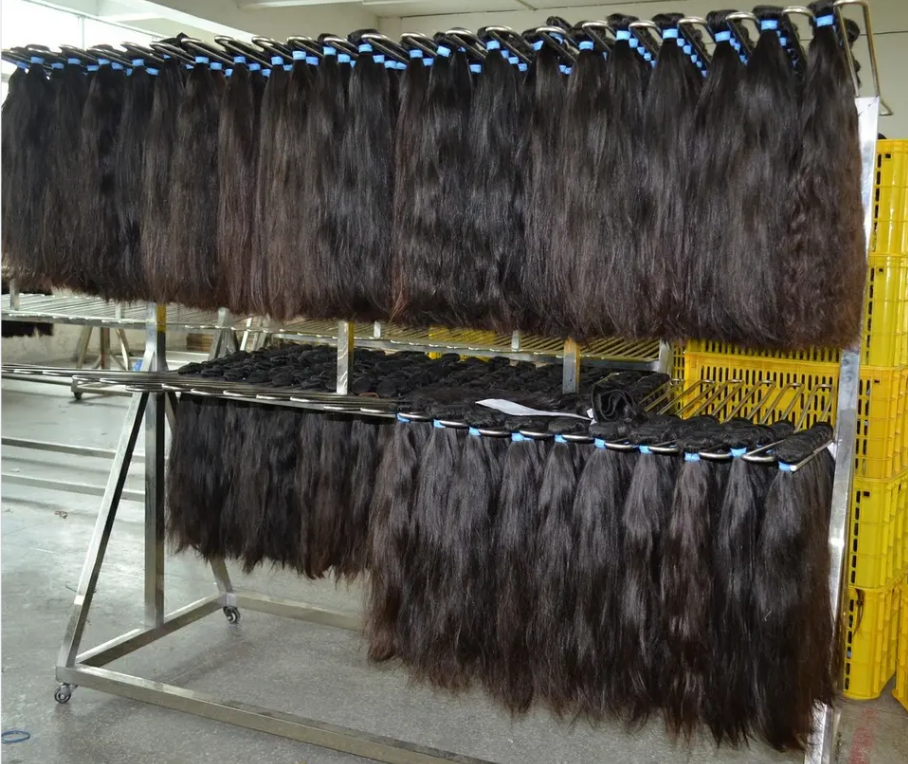
Step 15 : Creating Curvature for Human Hair
This process is specific to wave and curly hair products, where hair is divided into different numbers using aluminum tubes of different sizes based on the degree of curvature, and then rolled around the tubes. The straight strip does not have this and subsequent processes, but directly enters the packaging process.

Step 16 : Hold Curvature
In order to maintain the durability of curly hair and better create curly hair, the curled hair is placed in a certain temperature, humidity, and air pressure setting cabinet for styling during this stage. (STW, YAKI do not need to go through this process).
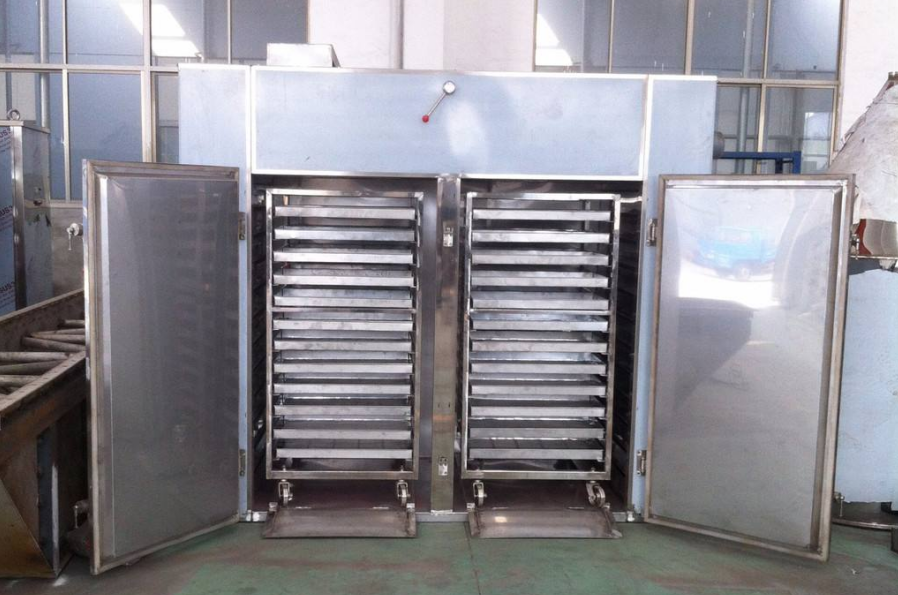
Step 17 : Remove The Tube and Drying
Dismantle all the tube of the front hair coil. Soak the detached hair curtain in hot water containing chemical solution before taking it out for styling (some curves require pressing the tube before styling).

Step 18 : Wig Mesh Cap Making
Wig mesh cap making involves creating a wig cap using a breathable mesh fabric. It provides a lightweight and comfortable base for attaching hair extensions or wefts. The wig mesh cap is customized to fit the wearer’s head, allowing for a realistic and secure wig.
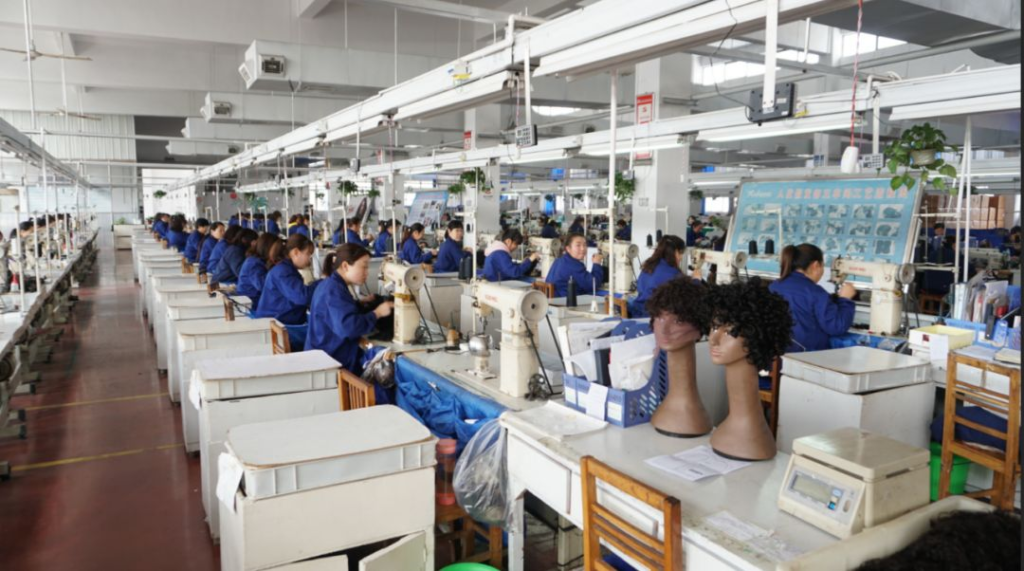
Step 19 : Hand Tied Lace Part
Hand-tied lace is a technique used in wig making where individual human hair strands are meticulously hand-tied onto a lace material. This creates a natural-looking and realistic hairline, as well as a lightweight and breathable wig cap. Hand-tied lace wigs are known for their versatility and ability to mimic natural hair growth.
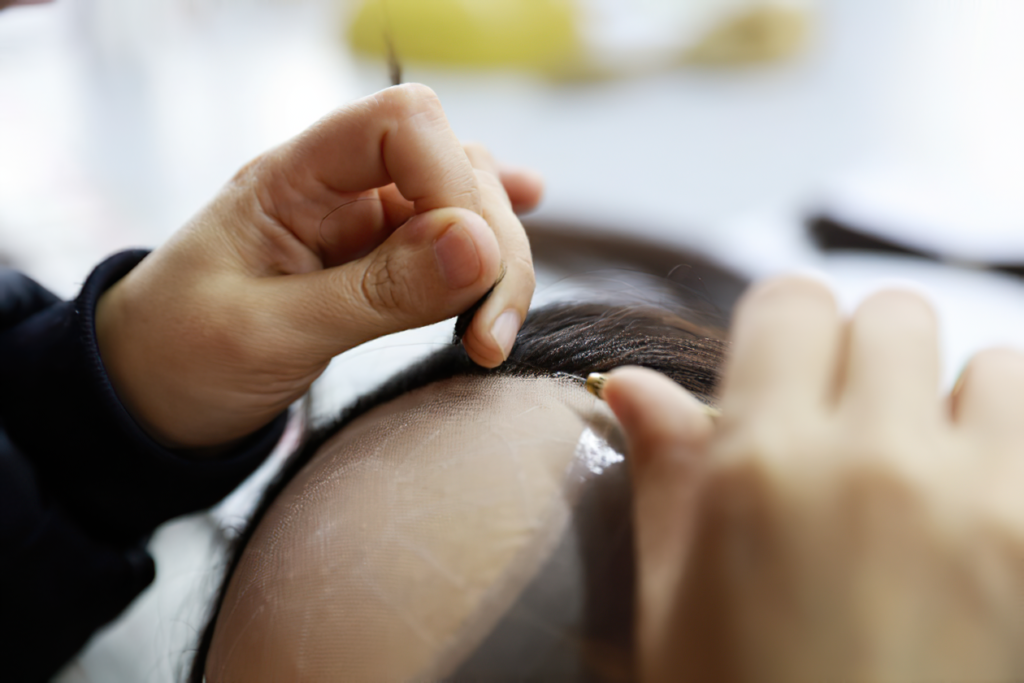
Step 20 : High Needle Machine
Uniformly sew the hair curtain onto the made hat, with the color of the thread consistent with the hat color and the weft color of the hair curtain.
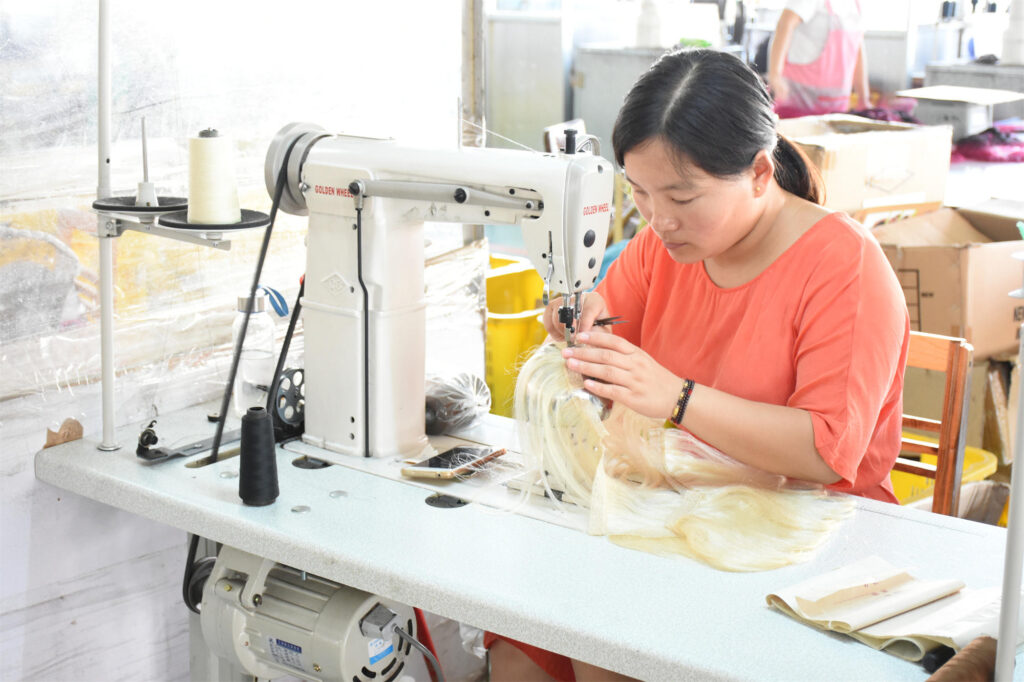
Step 21 : Styling the Wig
Use tools such as hair dryers, curling sticks, and scissors to cut and shape wigs to better meet customer needs. Using products such as hair gel and wax to increase the fixation and natural feel of wigs.
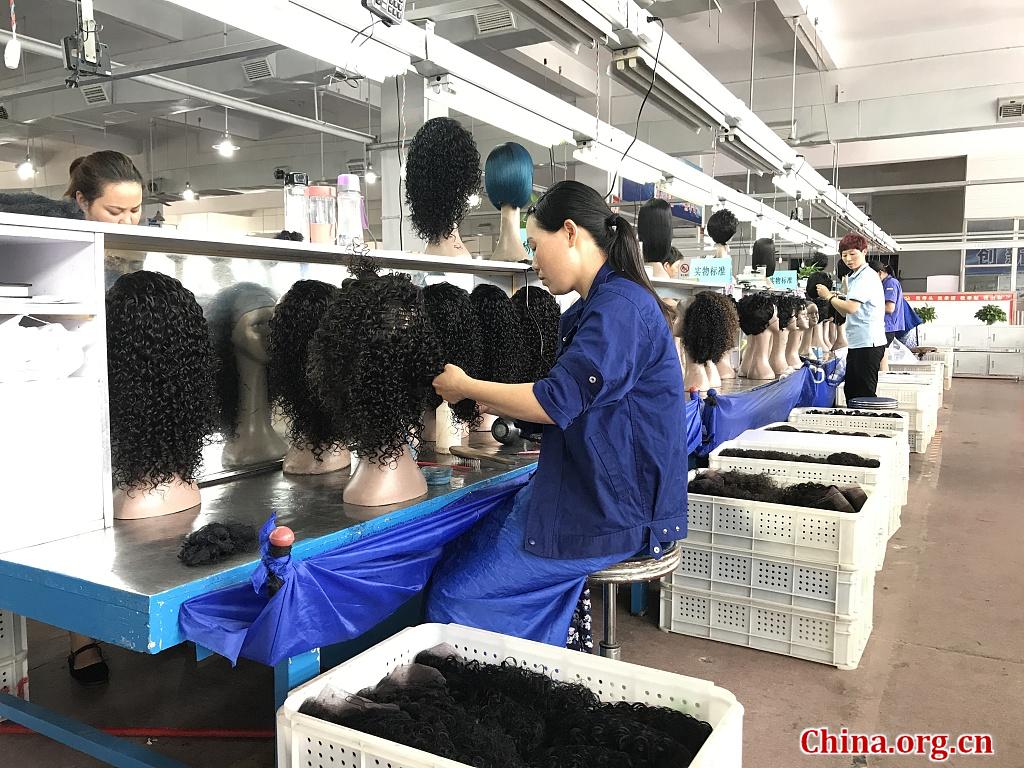
Step 22 : Packing the Human Hair Product
Conduct quality inspection on the color, texture, length, weight, and workmanship of the wig. Qualified headsets are packaged in plastic bags and paper boxes, accompanied by instructions and product labels. After completing the packaging, place it in a dry and ventilated warehouse for sale or direct shipment.
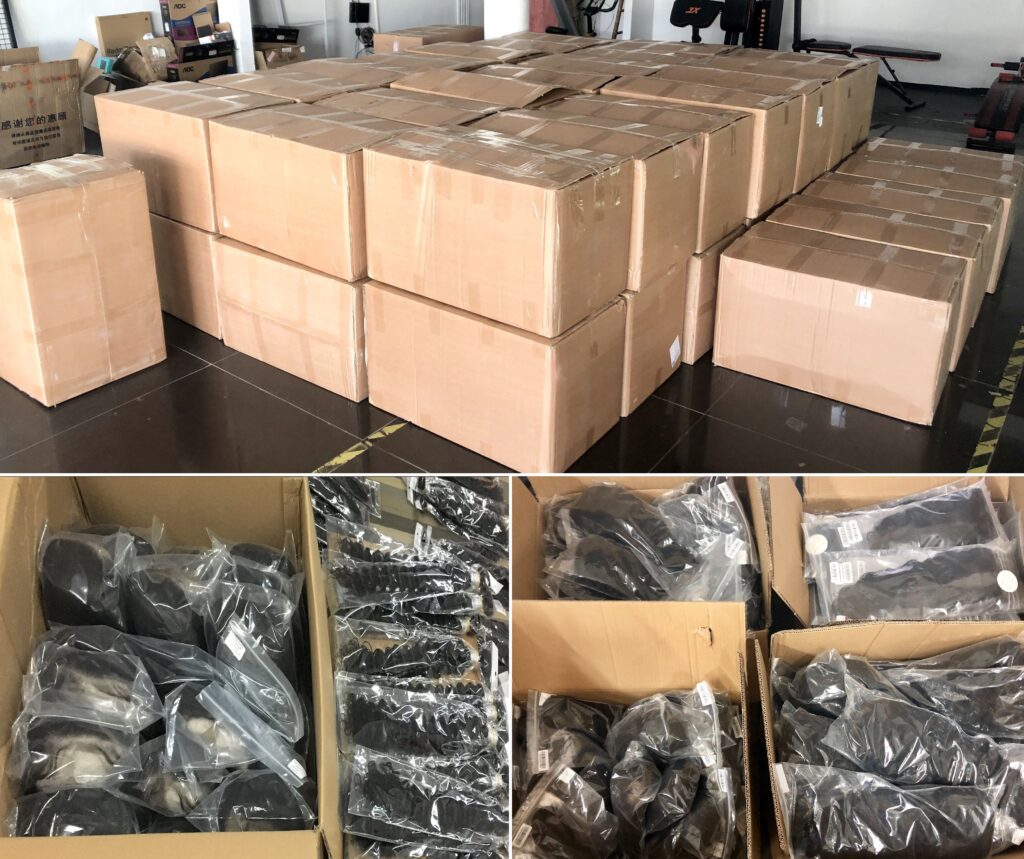
After packing, the Grace huamn hair products are complete and ready to deliver to customer, customer can place order from our website www.gracewig.com directly, or order from our branch agent in your local place.

